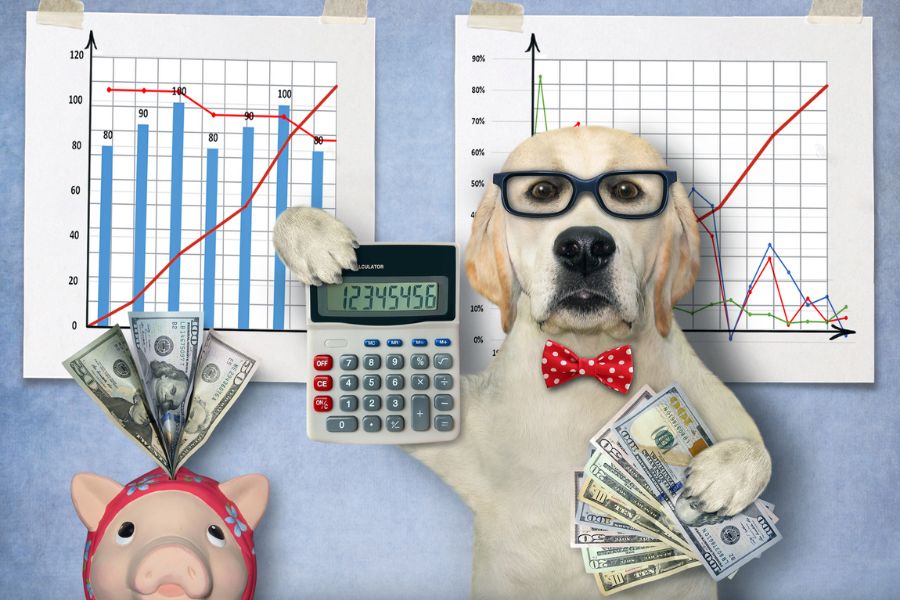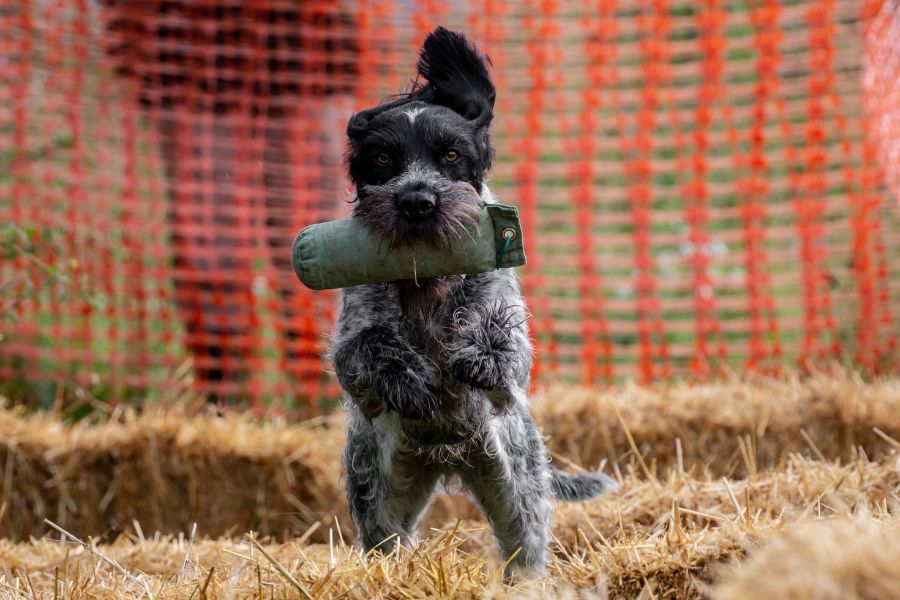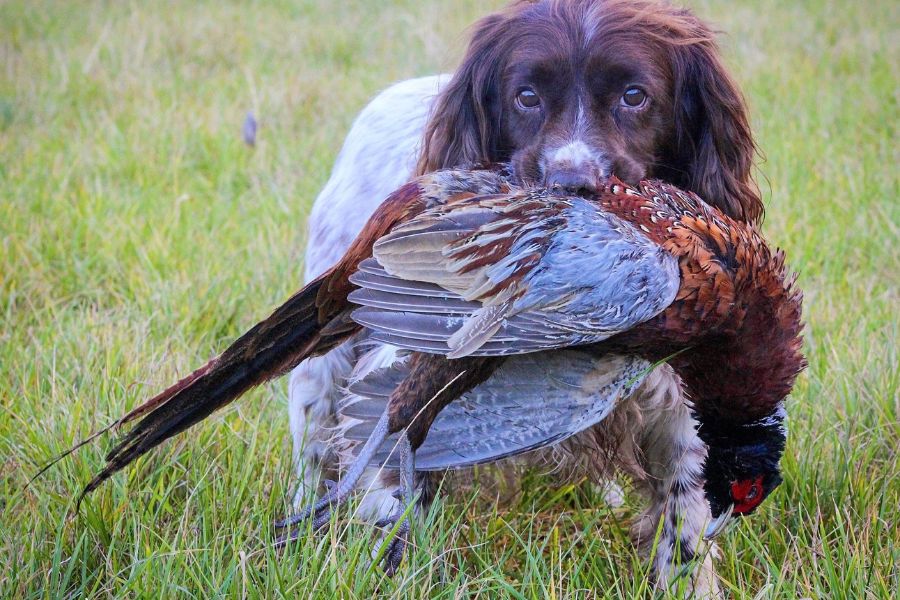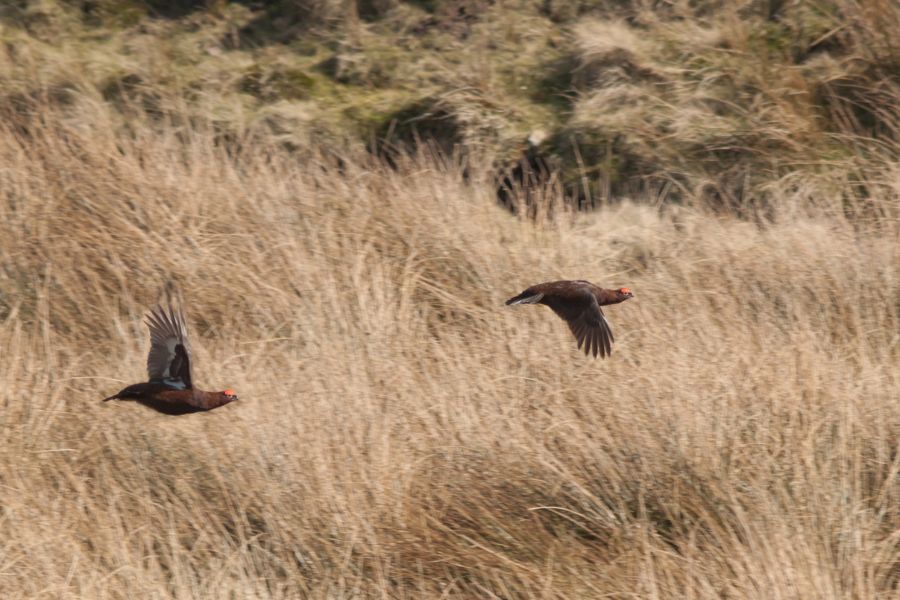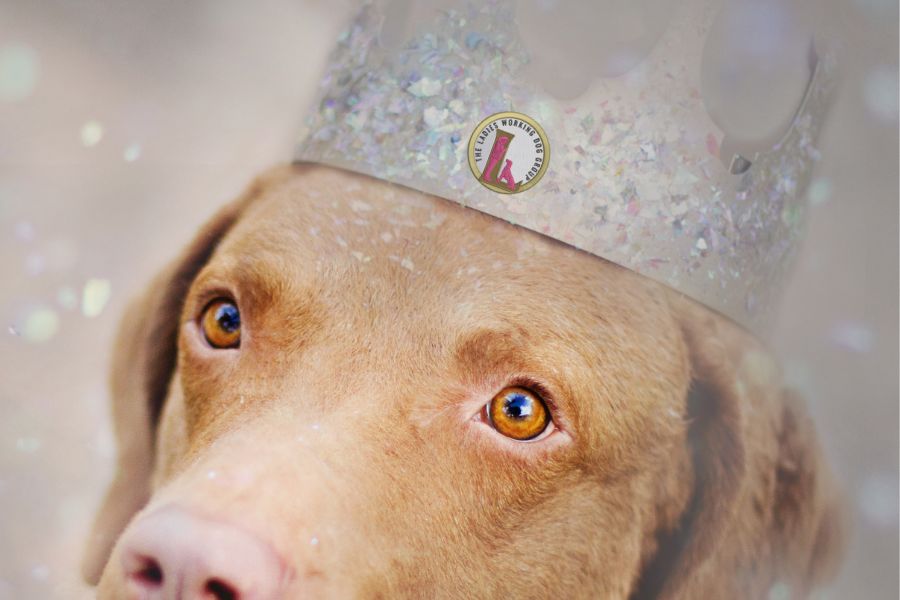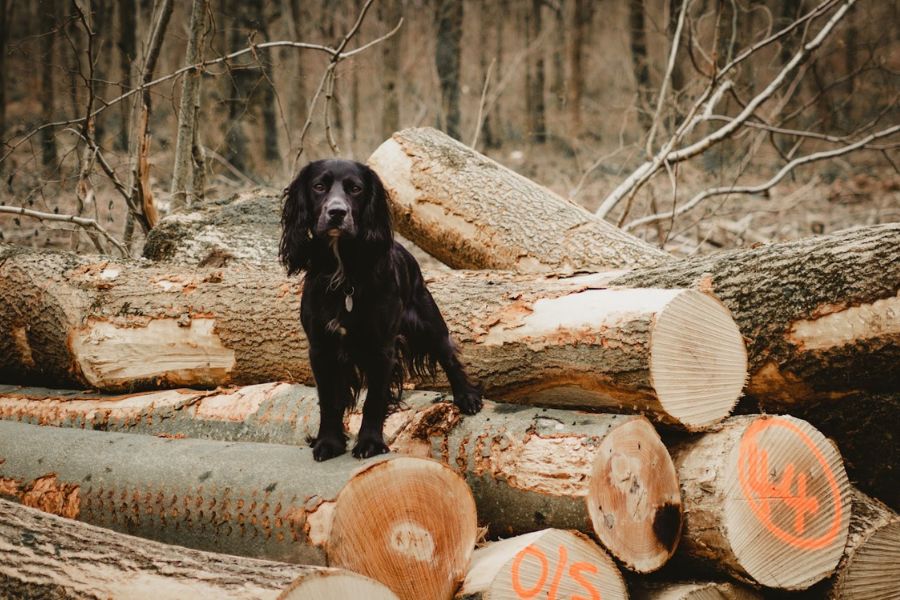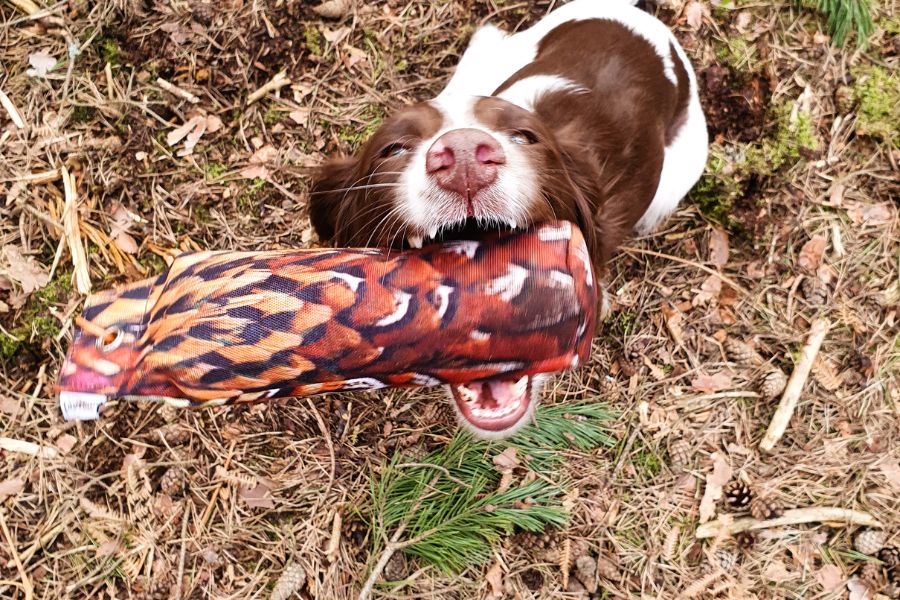I don’t often write about my dogs on social media, but I wanted to share a little story about Marshall my German Shepherd x Malinois, a mix of two high drive breeds. I’m hoping this post will include several ‘messages’ within it for those working with any high-drive dog.


The background Story of Marshall
In November 2021, I heard of a dog who needed a new home, a German Shepherd x Malinois (a mix of two high drive breeds) who had been purchased during the lockdown as a first dog for a young couple living in a small house in a city. I suspect the breeder may have led the couple up the garden path. Demand for puppies soared during the lockdown, and many people decided to breed their dogs for profit.
The dog in question had, understandably, grown into a large dog; he weighs over 5 1/2 stone and is taller than me when standing on his back legs. In addition, he had severe resource guarding issues and a bite history – because of this, rescue centres wouldn’t touch him, so the owners were faced with two choices – find him a new home privately or have him put to sleep for behavioural reasons.
Initially, they had lots of enquiries about him. But, all credit to the owners – they wouldn’t let him go to anyone that had no knowledge of the breed(s) or a substantial understanding/background in dog training as they didn’t want anyone else to end up in the same situation that they had.
Bringing Him Home
When Marshall arrived, you couldn’t go near him when he was eating – his reaction was to display inappropriate behaviours. You couldn’t easily walk him in public – his response was to go up on his hind legs and display other problematic behaviours. The first time my parents learnt, I had taken him on when he was on his hind legs, mouthing my arm, as they drove past (the cause of this reaction was a lone person walking down the road minding his own business!).
If we let him roam the house, he would find something to steal/chew, and any distraction/ redirection/correction would result in his warning (snarling) and then escalating these inappropriate behaviours if we continued to try to distract/redirect/correct.
If he saw another dog, he would throw all sorts of shapes, and when Marshall couldn’t get to them, he would display inappropriate behaviours again.
The First Few Months
The first few weeks/couple of months were hard work, but I was, and still am, determined not to let him down – he has stolen my heart and is here to stay. Jo has a nickname for him; I’ll let her share that one with you.
I’ve spent hours and hours working with him, and his improvement is massive; we’re by no means ‘there’, but we’re on a good path with the occasional hiccup.
It’s worth mentioning at this point that there is a considerable possibility that his behaviour worsened once he’d arrived with us and that he didn’t show these reactions with his previous owners as much as he was with us – this isn’t to say that our home is not as good as his previous one, just that his whole world had been turned upside down. He had no idea who we were or where he was.
Any rescue dog needs time to adjust and learn where they are now in their forever home – we were his new guardians, and he could trust us.
When he’s eating, I can now sit next to him, adding bits of kibble to his bowl and stroking his head/ neck/face/body. I’ve not used a mixture of high level and low-level treats for this boy – a food reward is either some of his kibble or a small dry training treat.
Due to his rapid escalation of excitement, emotions, and inappropriate behaviours, trying to reward him with a juicy piece of steak would likely have encouraged his emotional stance to rise further and quicker.
I can now play with his collar when he is eating but not yet if I’ve sat him up mid-meal (work in progress). He can be walked alongside a select few of my dogs and remain calm. He can watch deer/other wildlife frolic and run off without losing his head. He’s learnt to retrieve, which includes willingly giving up the item at the end of the retrieve.
This dog needs clear boundaries; for him, it needs to be black and white – there are no grey areas. So we crate trained him upon his arrival, and he has this safe place where he can decompress, chill out, reflect on the day’s happenings, and relax.
It also keeps us safe. When Marshall is out of his crate, he has my undivided attention; again, this is to keep all of us (him included) safe and under ‘control’. When he is out, I can ensure that the environment is level and nothing will raise the threshold and tip him over the edge – this helps to lay the foundations to calm and success.
He is in his crate whilst we eat at the table next to him. I don’t reward him whilst we’re eating or at the table, as I don’t want him to need my attention when I give my children the attention they need. Likewise, I don’t want him to expect food/reward while eating my meals; in fact, I rarely pay him any attention while sitting at the table.
He gets his reward for calm behaviour after we’ve finished, after the table is cleared and when we’re washed up. Whilst this may seem cruel to some, I’m building a behaviour pattern that will (hopefully) eventually lead to him lying calmly on his bed with no crate whilst we eat and no expectation on his part of my interaction whilst I am doing so.
Being Around Children
There is no ‘play’ with the children currently; he is learning that they’re here and that they’re an integral part of our family unit, but until I can ensure that he isn’t going to get overly bouncy or carried away with himself, then I don’t allow it. I also need to be certain that the children aren’t going to get over-excited and unintentionally tip the balance – my children have a thorough understanding of animals, especially dogs. However, they are still children, and they do still occasionally get overexcited themselves. Some of you may feel that he is overdoing it, but his boundaries need to be firm and precise.
Due to his nature, I make most of his choices for him; he is what I would term ‘fear aggressive’. If he feels something is beyond his control, he will react in a way that is not appropriate. If we encounter something that builds his emotions, I take control of the situation and let him know that I am in control and that he doesn’t need to react – he genuinely needs me to make this decision, this choice, on his behalf right now (this may change as time goes on). I have watched his emotions rise, his behaviour change and his reactions worsen (sometimes by something as simple as seeing a person 100 yards away).
In the early days, I tried to ignore the behaviour and ‘walk through’ his reactions, but I soon learned that he needed a “no, this is not your choice to make” from me, and the success increased tenfold. First, however, I need to be firm and positive in my actions. If he senses any uncertainty from me, he will assume he has to take responsibility for whatever has caused a spike within his brain.
I spend a lot of time working on teaching him to settle on an evening, to get Marshall to lay down and completely switch off. Watch Jemma’s ‘Settle’ Masterclass if you need tips on this.
Last evening, he slept by my feet whilst I watched a film and sent some emails – I could change position, have a drink, make a phone call, use the tv remote, and he just laid there, content and calm.
I cannot yet get up without having a shadow (I now have a bathroom companion!), and he wears a lead so that I can assume control if it’s needed. In time, his settle training will improve and expand, and over time, he’ll sleep on his bed whilst I come and go, but the foundations to success are slowly being trained.
Dog Trainers Have Problems Too
I guess the point of this post is to say that we are all the same; it’s easy to assume that, as a dog trainer, all of my dogs must be perfect and that we don’t have the same struggles that you do. But unfortunately, this is often not the case. As I’ve spent more time with this new lad, my other dog’s training has ‘suffered’ a little. I, for one, am looking forward to longer evenings and less mud so that I can play catch up!
Any dog can be tricky to train, and any breed can have its difficulties, but we need to learn to harness what the breed traits are. For example, not many field-trial bred spaniels will be happy with a potter around the dog park, and many working bred collies will start to nip and herd if their mental stimulation needs are not met.
Malinois are produced for protection (there is a reason that they are favoured amongst the police force and the military services); it’s in their natural genetic makeup to protect and to bite. They are incredibly loyal once you have gained their trust and cannot cope with an ‘average’ home life environment.
It has been scientifically proven that certain Malinois contain a specific gene that I refer to as the ‘neurotic’ gene; this gene (PolyA22/PolyA22) is linked to aggression. Unfortunately, there are some Malinois out there that no matter how much time, effort, and training you put in, there is a part of them that will override any sense, and they have a ‘moment’.
There is no ‘one size fits all approach or just one training method that works for this dog, or my other purebred Malinois for that matter. I work with him with a wide variety of training approaches – food reward and marker word reward (primarily for obedience and positional work), verbal praise, and some Gundog training is thrown on there for good measure, too (he loves to use his nose and enjoys quartering, I will look to train him to do a scent work in time – I’ll be speaking with Dawn Seago about that one I’m sure!), but he needs variety. He needs to learn to accept change.
Change in that someone has knocked at the door, change in that the children have gone to school for the day, or that it’s the school holidays and so they’re at home more), change in that a strange dog has come into view, or change in that we’re not going for his training session at precisely 10 am. All of these things play a big part in how our day is going to go, and I often have to adapt my plans for his training before, or even during, a training session.
Remember; every day with your dog contains a positive. Sometimes you might have to look quite challenging to find that positive. Still, every single day something will have happened that you can call a win – it may have been a polite sit whilst you opened the door/prepared your dog’s meal/waited for a car to pass before you could cross the road, it may have been the delivery to hand that you’ve been working so hard on, it may have been a split second period of eye contact when you spotted another dog bounding towards you in the park. It may have been a big win or a minor win, but there will always be something positive!
Keep training, keep smiling, and stay consistent.
 Further Reading: Malinois Information
Further Reading: Malinois Information



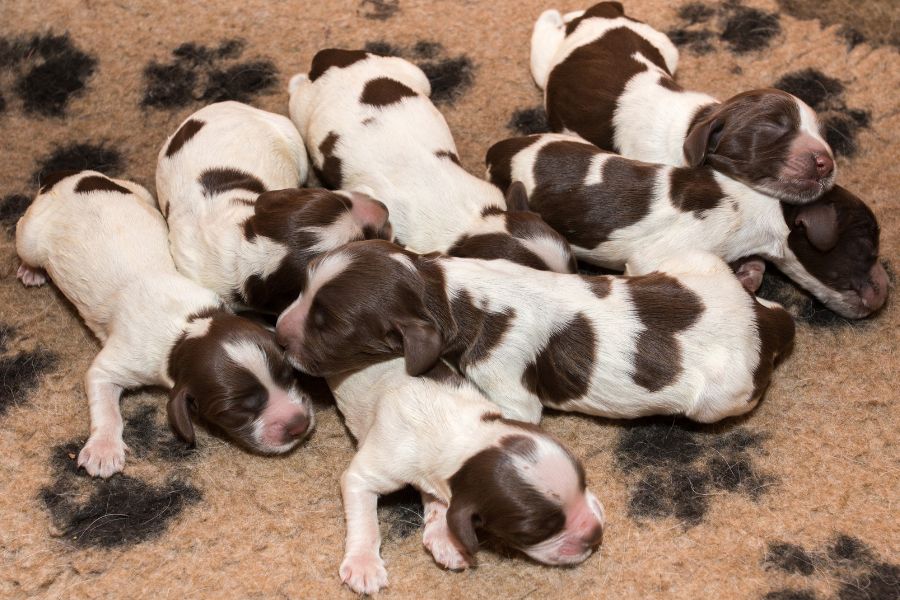


 Littermates can be a joy to raise together if done correctly.
Littermates can be a joy to raise together if done correctly.




















